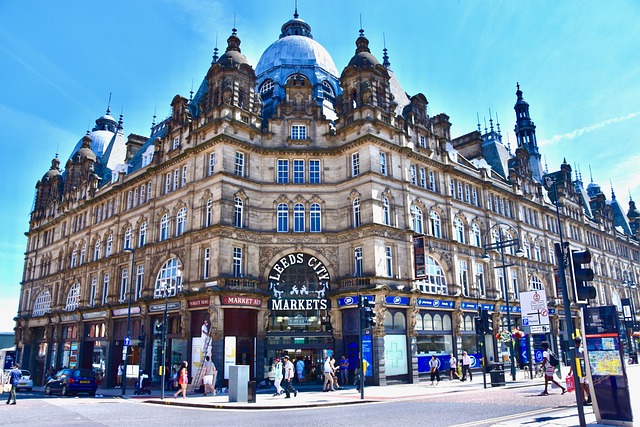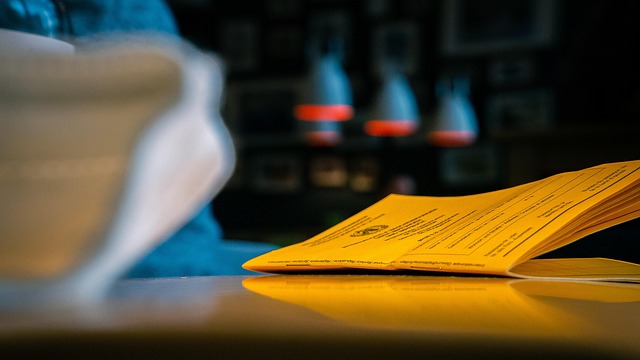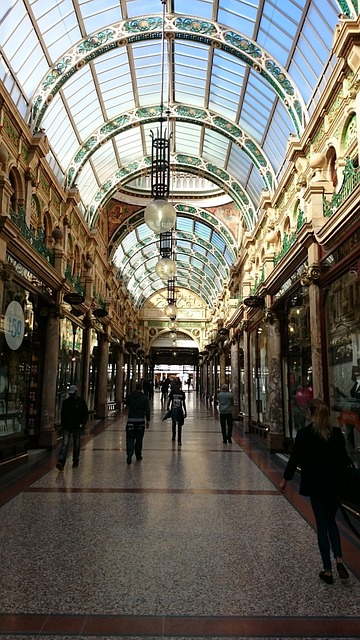The real estate industry is undergoing a green transformation with sustainability as its driving force. Eco-friendly materials like bamboo flooring, timber framing, organic fiber insulation, water-efficient fixtures, and low-VOC paints are reducing carbon footprints while offering long-term cost savings through energy efficiency. This shift towards sustainable practices is becoming a key differentiator for innovative, environmentally responsible projects, marking a new era of aesthetically pleasing, functional, and eco-friendly buildings that benefit both the environment and developers.
In today’s digital era, the real estate industry is navigating a crucial shift towards sustainable and resource-smart construction. As folks increasingly demand eco-friendly homes, developers and architects are embracing innovative practices that not only benefit the environment but also offer significant cost savings. This article explores three key aspects of this revolution: adopting eco-friendly materials, achieving energy efficiency, and implementing waste reduction strategies, all vital components in shaping a greener real estate landscape.
Adopting Eco-Friendly Materials in Real Estate Construction

The construction industry is undergoing a significant transformation with a growing emphasis on sustainability and environmental responsibility. Adopting eco-friendly materials in real estate construction plays a pivotal role in this shift. By incorporating natural, renewable, or recycled resources into building designs, developers and architects can significantly reduce the carbon footprint of new constructions. For instance, using bamboo for flooring or timber for framing is not only aesthetically pleasing but also contributes to a greener approach, as these materials are known for their rapid renewability.
This trend extends beyond structural components. Insulation made from organic fibers, water-efficient fixtures, and low-VOC (Volatile Organic Compound) paints are gaining popularity among environmentally conscious builders and consumers alike. Such choices not only benefit the planet but also offer long-term cost savings due to reduced energy consumption. As the real estate market continues to evolve, embracing eco-friendly materials is becoming a defining factor for projects that aim to be both innovative and sustainable.
– Exploring sustainable building materials

In today’s evolving landscape of real estate, the pursuit of sustainable and resource-smart construction practices has become a game-changer. Builders and developers are increasingly exploring eco-friendly alternatives that not only minimize environmental impact but also offer long-term economic benefits. This shift towards sustainability involves delving into innovative building materials that are both robust and environmentally responsible. From recycled steel and timber to natural fibers like bamboo, these materials are revolutionizing the industry’s traditional methods.
By embracing such sustainable options, the real estate sector can significantly reduce carbon footprints while ensuring high-quality structures. For instance, incorporating recycled content not only diminishes the demand for virgin resources but also contributes to a circular economy. This trend is fostering a new era of construction, where aesthetics, functionality, and environmental stewardship go hand in hand, setting the stage for a greener future.
– Benefits for the environment and cost savings

Sustainable and resource-smart construction practices offer a double benefit for both the environment and real estate developers. On the environmental front, these methods significantly reduce the carbon footprint by minimizing waste generation, efficient use of materials, and adoption of renewable energy sources during construction. This approach helps preserve natural resources, conserve ecosystems, and mitigate climate change effects.
From a financial perspective, sustainable construction can lead to substantial cost savings for developers. Efficient resource utilization reduces material expenses, while innovative design strategies can lower operational costs over the building’s lifetime. Moreover, many governments offer incentives and grants for eco-friendly projects, further enhancing the financial viability of sustainable real estate ventures.






